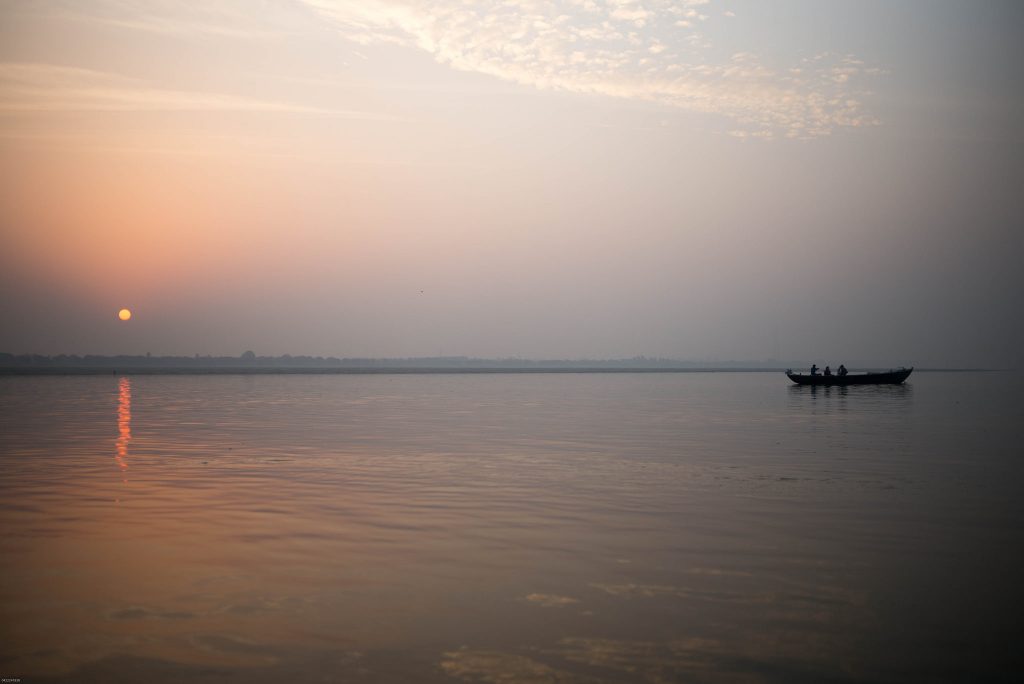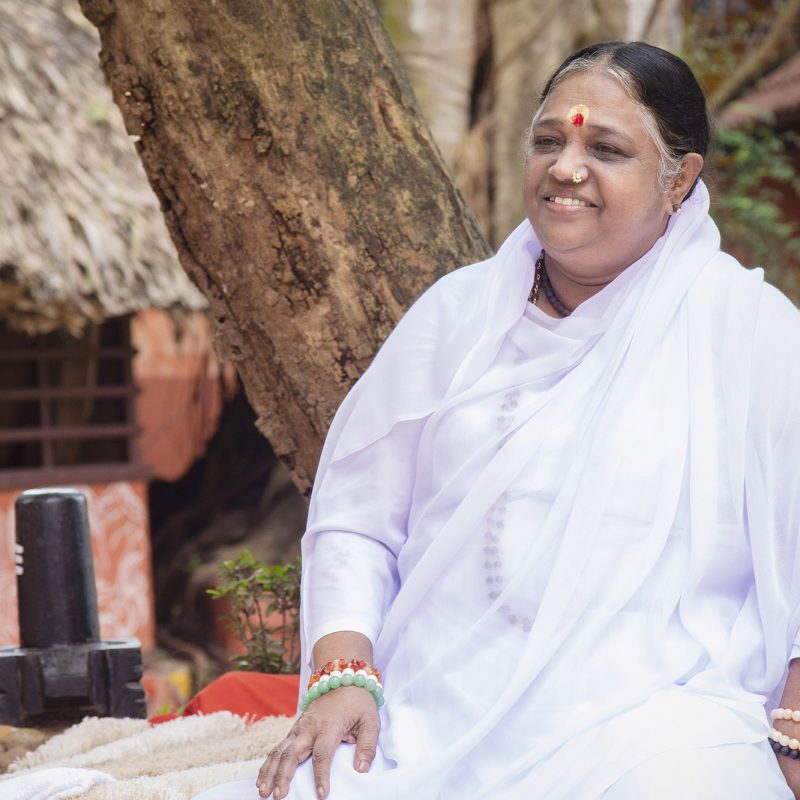
India’s rivers have always played an important role in supporting the many civilizations the country has housed throughout the ages. From irrigating farmlands, towns, and big cities to providing drinking water for millions, major waterways like the Ganges and its tributaries have been sustaining life in their lands since time immemorial.
However, to Hindus, these rivers are seen as something more than simply vital cogs in the wheel of the nation’s economy. They are essential lifelines of India’s spiritual culture.
Holy texts such as the Srimad Bhagavatam describe the Ganges, for example, as emanating directly from the feet of Lord Vishnu. Because of this, taking shelter of its waters is considered the same as taking shelter of the Lord’s sacred feet.
As a result, millions of people travel to its banks every year. Some Hindus see a dip in the river primarily as a way to cleanse themselves of their sins and attain liberation. Others take the plunge as a symbol of renewal, purifying the mind and intellect, so one’s thoughts, words and actions will become more dharmic or righteous.
The Ganga, and other major rivers like the Yamuna, are considered so sacred, in fact, most of them are worshipped as Goddesses, capable of bestowing both spiritual and material benedictions.
So with World Environment Day, the United Nations day for increasing environmental awareness coming up on June 5, one may think India, the land in which the predominating faith teaches all of creation is sacred, would be a shining example of how human beings should live sustainably.
Instead, however, it might have anyone who has ever been to the country wondering: if India’s rivers are so revered, why are they so polluted?
While there are a number of sources contributing to the degradation of India’s waters, the primary cause, invariably, is industrialization.
Take, for example, the Yamuna. The largest tributary of the Ganges and crystal clear at its source, by the time it makes its way through the eastern edge of India’s capital, New Delhi, it emerges as the country’s filthiest river.
Though only 2 percent of the Yamuna flows through Delhi, the city accounts for 80 percent of the entire river’s pollution. A 2014 global study of air pollution by the World Health Organization found Delhi’s air to contain several times more fine particulate matter than that of Beijing, China. This means, by many measurements, Delhi is the most polluted area in the world.
The facts are striking; they are also overwhelming. What can be done? How can the waters be cleaned up? Many Hindus see it as a lost cause. Others say because the rivers are divine, they are metaphysical, and therefore, beyond the touch of material contamination anyways.
In the Bhagavad Gita, Krishna says to Arjuna, “Know that which pervades the entire body is indestructible. No one is able to destroy the imperishable soul.” Logically speaking, therefore, if spirit cannot be contaminated by the physical, it is accurate to conclude the divinity of a river is beyond material impurities.
Hindu scriptures, however, also teach that because the soul lives in the body, the body is a temple and should, therefore, be honored as such. Sure, the spirit is eternal, but a physical vehicle is necessary in allowing a particular soul to express itself in this world. If a light bulb is faulty, the electricity it conducts cannot properly illuminate a room. Similarly, if India’s holy waters are befouled, it is much more difficult for the public to perceive them in their full spiritual glory.
Fortunately, a number of Hindu organizations are taking seriously the world’s physical plight and have risen to the call of duty. One of them is The Bhumi Project – an international Hindu response to the earth’s environmental challenges, facilitated by the Oxford Center for Hindu Studies. Over the past 10 years the project has issued the Hindu Declaration on Climate Change, organized interfaith events in India, as well as trained young Hindu Climate Leaders.
Swami Chidananda Saraswati, president and spiritual leader of Parmarth Niketan Ashram – one of India’s largest interfaith institutions, has also played a role in restoring India’s rivers. In 2010 he founded Ganga Action Parivar, an organization dedicated to protecting and maintaining the Ganga and its tributaries.
In addition, the Indian government, in an attempt to address the Ganga’s pollution with help from the private sector, launched the Clean Ganga Program in 2015. The program, supported by the World Bank Group, cleaned up the river’s contaminated areas and set up a series of wastewater treatment plants. It was the largest river decontamination initiative in Indian history.
And with article after article being published over the past month describing how the Ganga and Yamuna have been getting clearer during the current pandemic, it’s hard not to think there is still hope.
In an analysis made by the Center for Research on Energy and Clean Air, India’s average fine particulate matter was found to have decreased by 22 percent on the first day of its lockdown, March 25. The same analysis also reported the country’s nitrogen dioxide levels, a product of burning fossil fuels, to have gone down 15 percent.
Though the global economy was booming before the lockdown, it is also clear Mother Earth was dying. It is abundantly apparent if human beings do not veer toward a more sustainable way of life, India’s rivers, as well as the rest of our planet’s natural resources, will shortly come to the point of no return.
After all, yes, the otherworldly qualities of holy rivers may be beyond the reach of material spoil, but how will one have access to their promised benedictions if they become too toxic to bathe in?








































